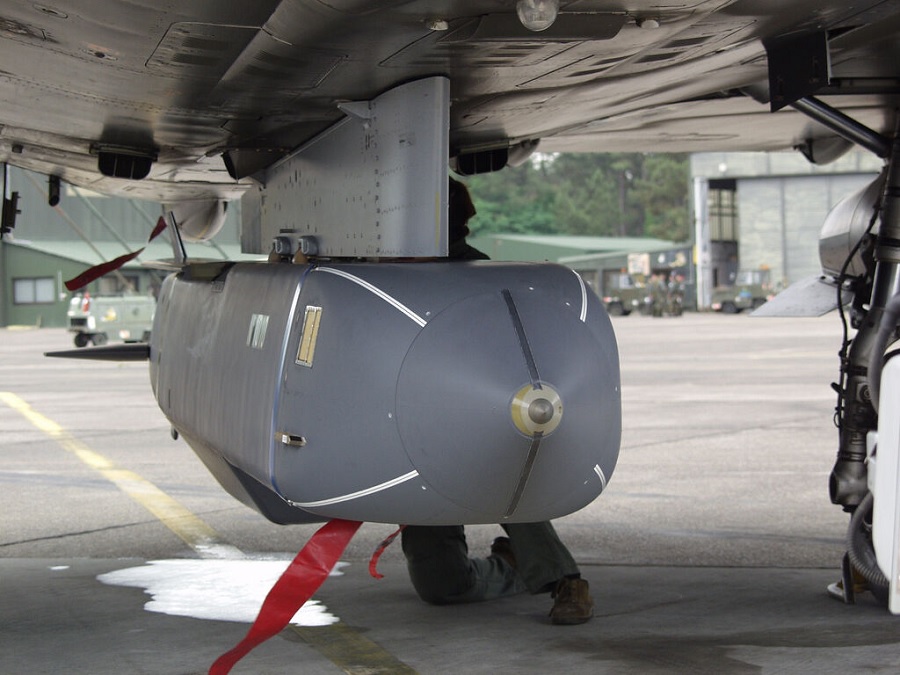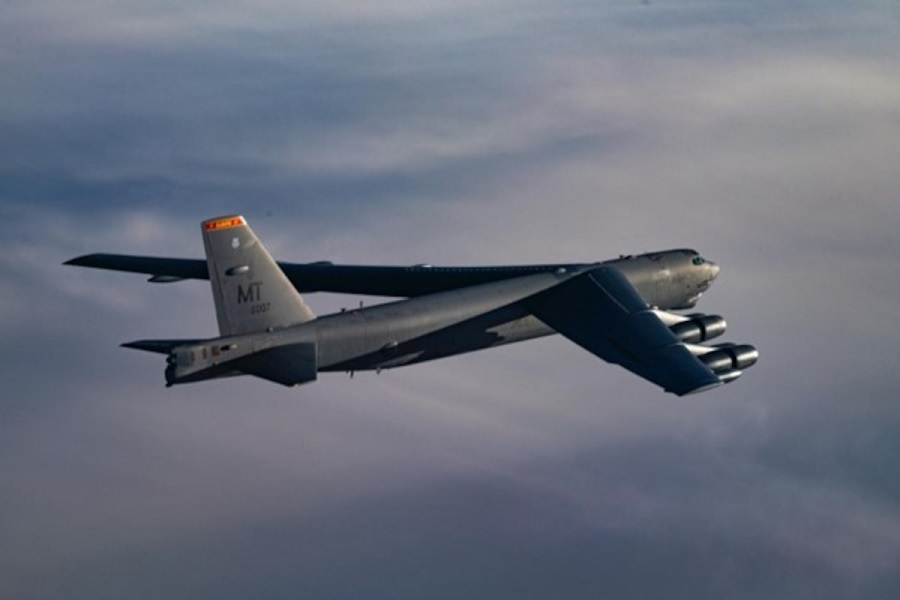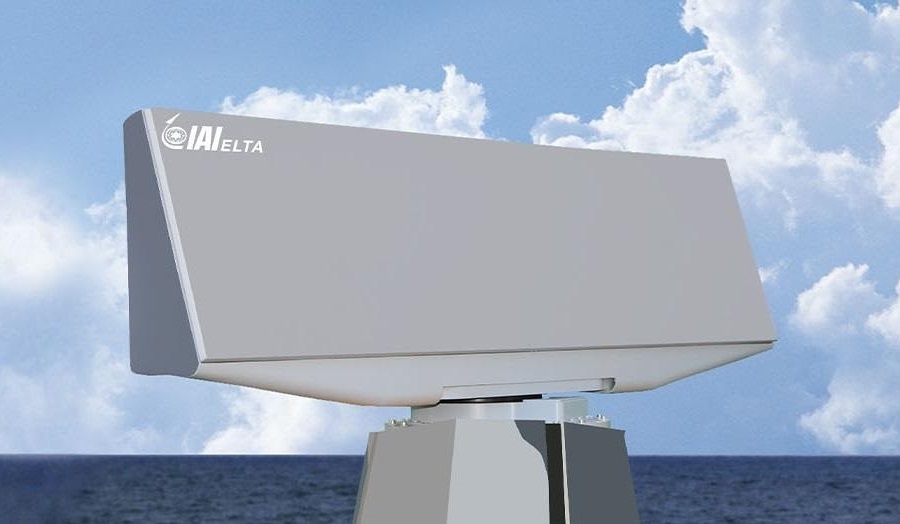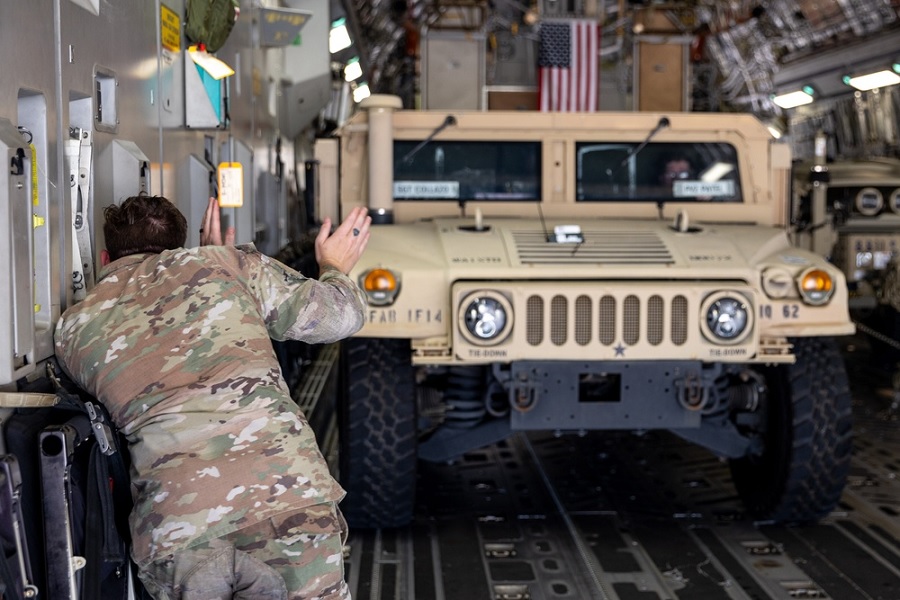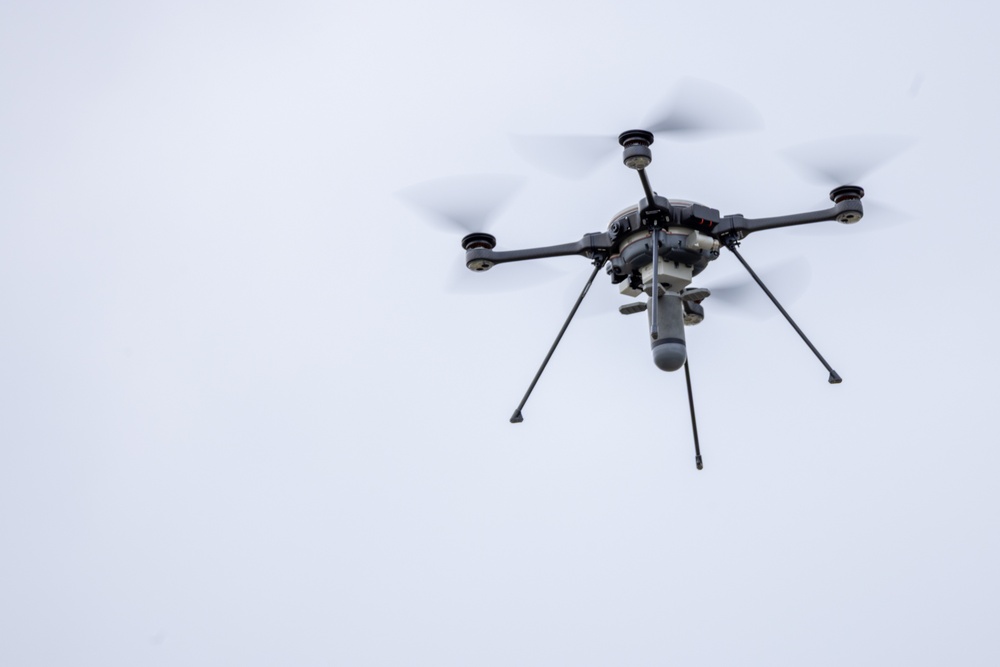Soldiers from the JPEU, donning high-visibility gear, undertook various tasks from loading to firing and coordinating the shooting serials from August to December. They worked in close collaboration with staff from Hanwha Defense Australia, playing a vital role in the system’s integration into service.
Master Gunner Warrant Officer Class One Nicholas Windridge from JPEU expressed the Royal Australian Artillery’s longstanding aspiration to include self-propelled howitzers in its arsenal. He highlighted the AS9’s potential, with a maximum range of up to 60 kilometres, offering commanders enhanced flexibility and effectiveness in deploying fires across the battlefield.
The Australian Army plans to acquire 30 self-propelled howitzers and 15 AS10 armoured ammunition resupply vehicles, known as the Huntsman family of vehicles, with deliveries commencing in 2025.
Lieutenant Colonel Hugh Smith, project manager for Protected Mobile Fires, outlined the testing schedule, with initial trials concluding by the end of the year and further range and accuracy trials set for the following year at the Yuma Proving Ground in Arizona. The 4 Regiment is set to replace their M777s with the new self-propelled howitzers upon acceptance of this capability into service.
While the M777s will continue to be utilized for light and air mobile forces, the AS9 Huntsman distinguishes itself with its ability to fire successive rounds timed to impact the target simultaneously. The system boasts a rapid-fire rate, aided by a semi-automated loading system that lessens crew workload and amplifies firing efficiency.
The AS9 Huntsman, derived from the South Korean K9 Thunder, is slated for extensive modifications to enhance explosive ordnance integration, soldier protection, and advanced digital capabilities. The manufacturing of the AS9 and AS10 Huntsman will be undertaken at the Hanwha Defense Australia facility in Geelong, Victoria, marking a new era for the Australian Army’s artillery strength.

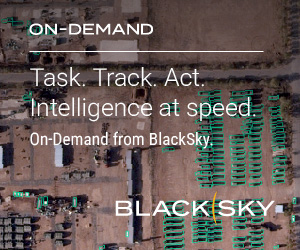


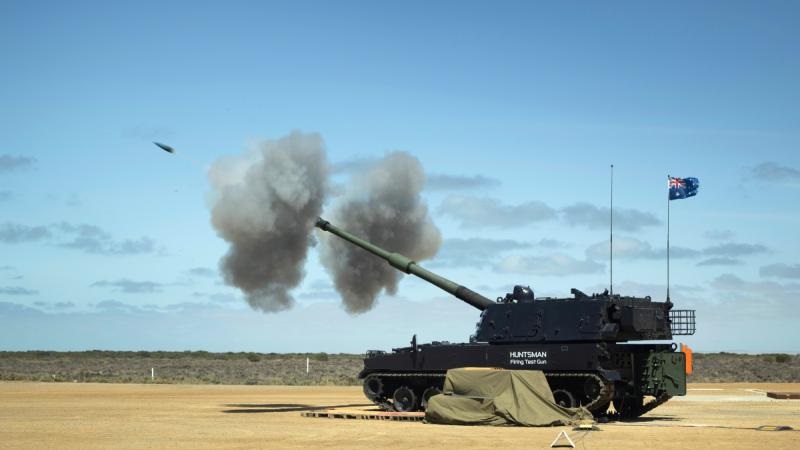



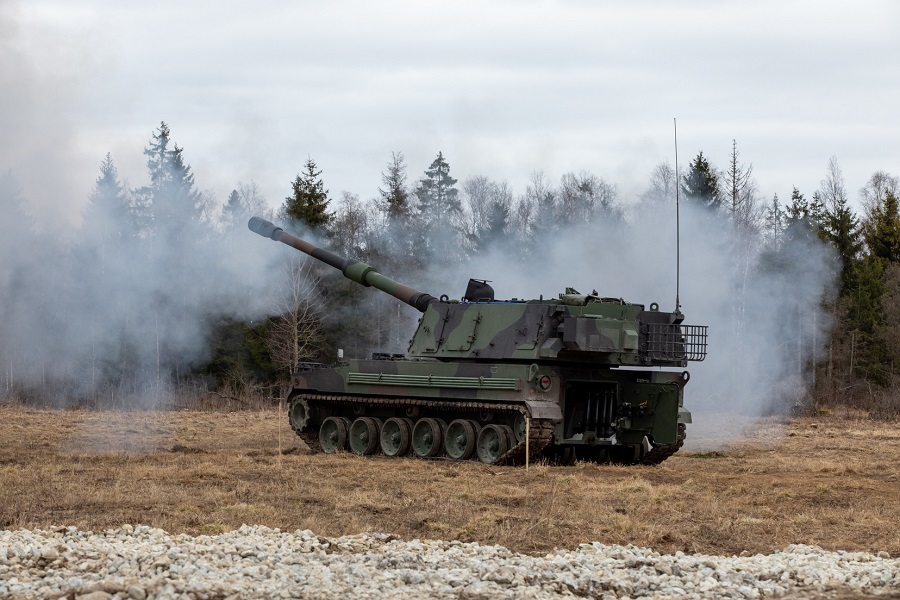
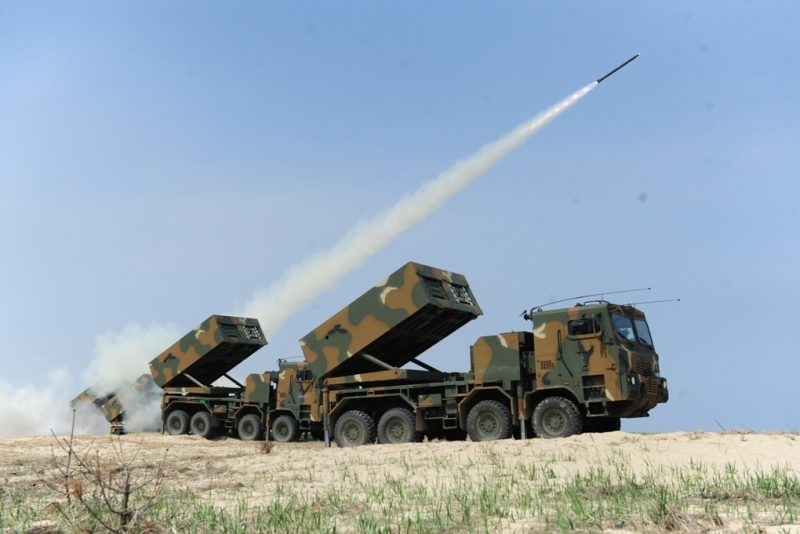

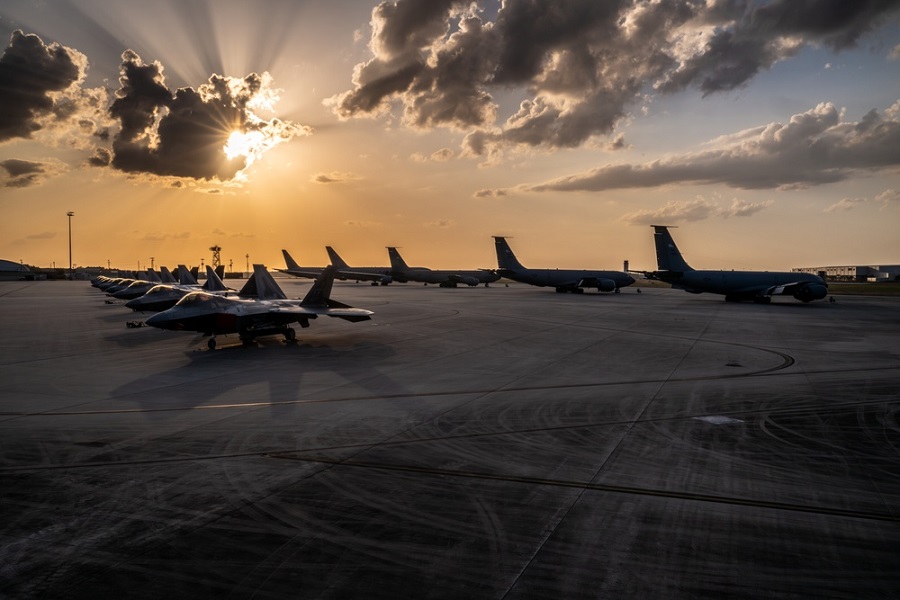
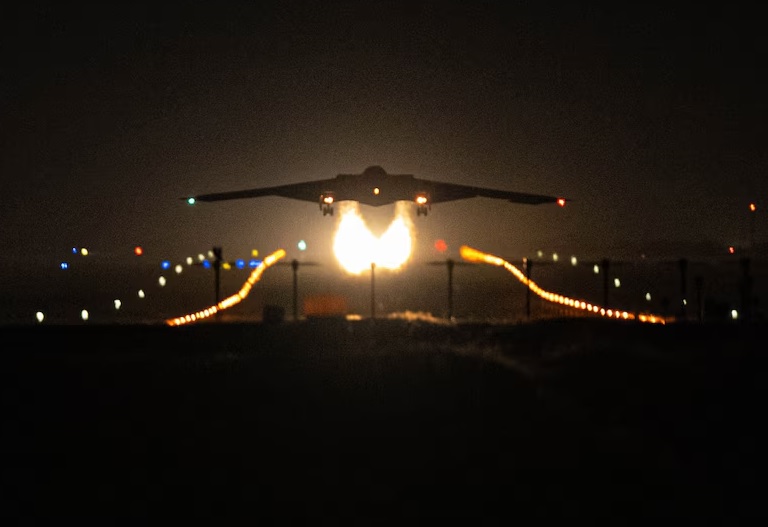
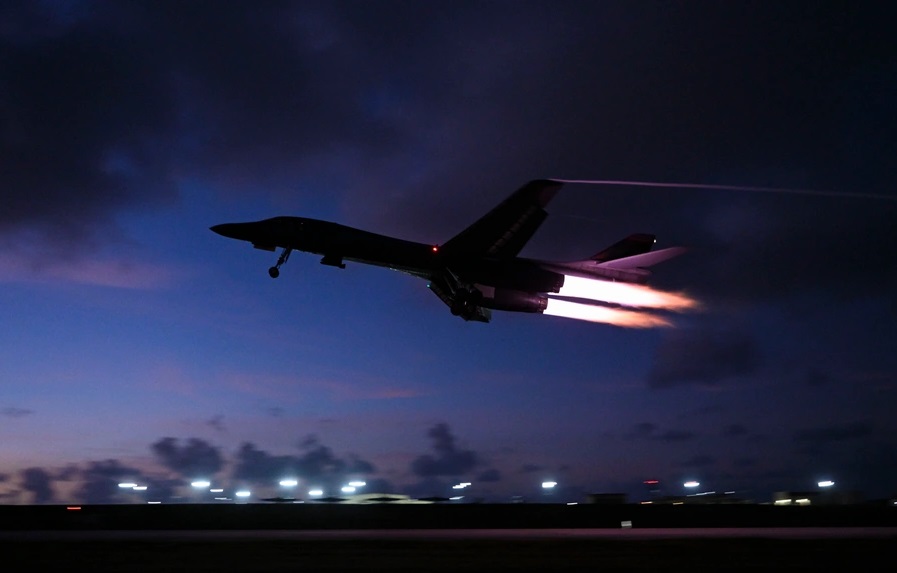
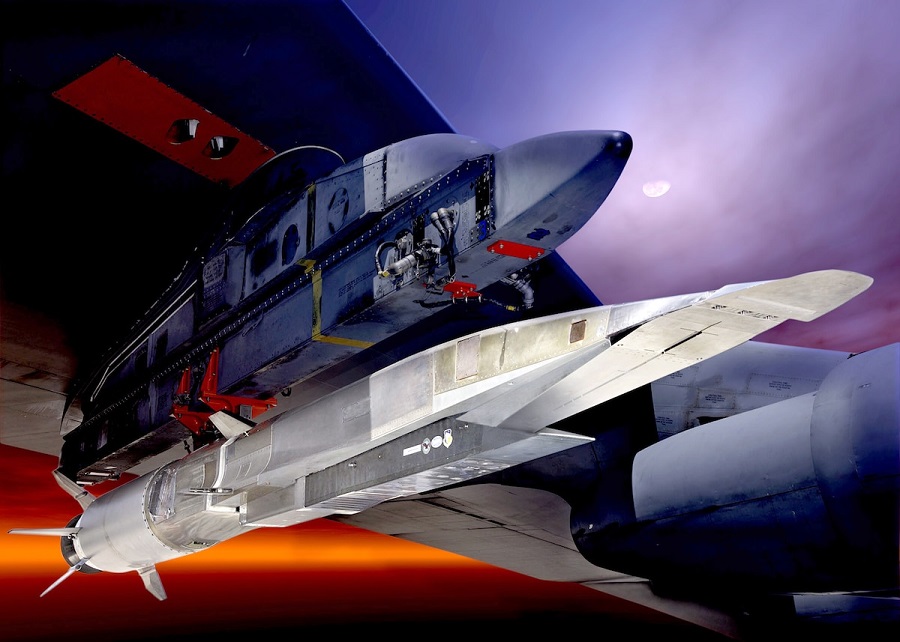
![Northrop Grumman conducts successful test of Mars ascent rocket motor [VIDEO]](https://defence-industry.eu/wp-content/uploads/2025/07/Northrop-Grumman-conducts-successful-test-of-Mars-ascent-rocket-motor-VIDEO.jpg)
